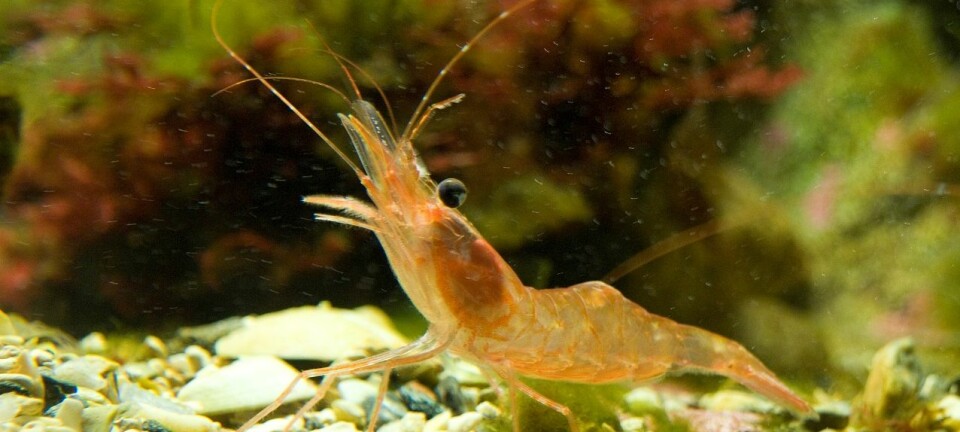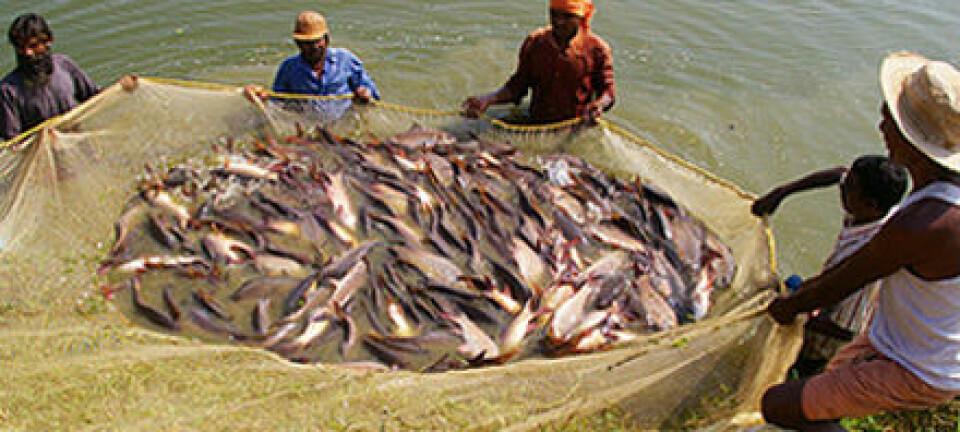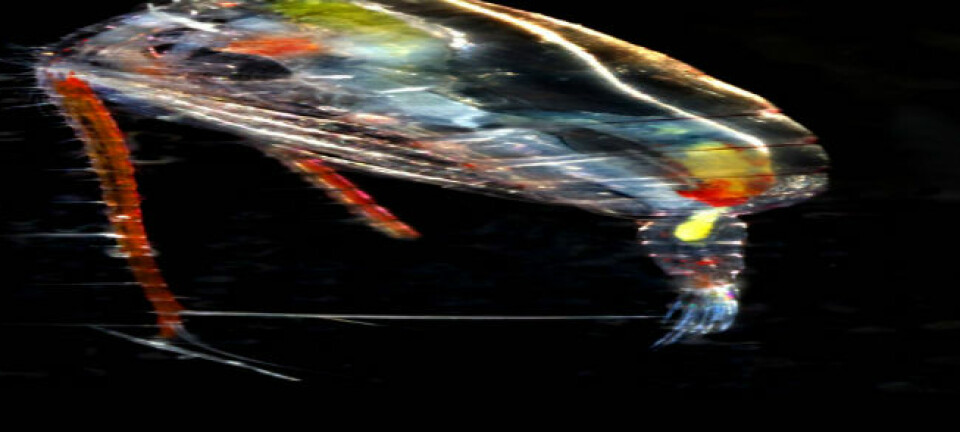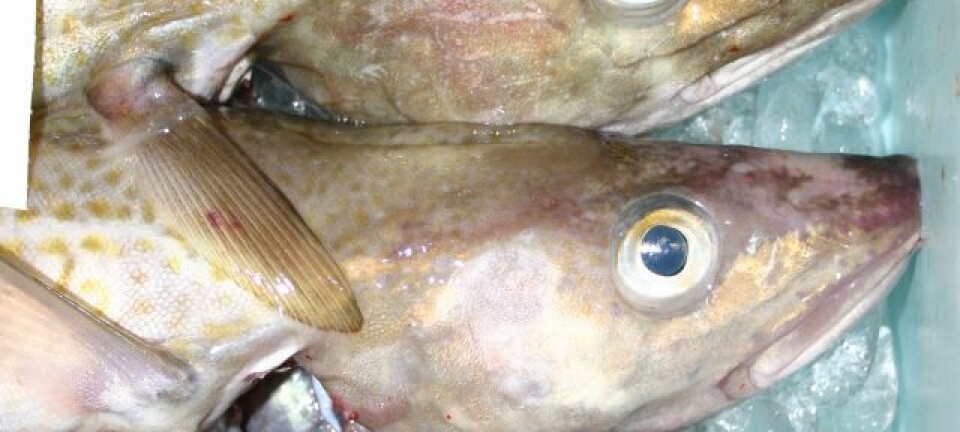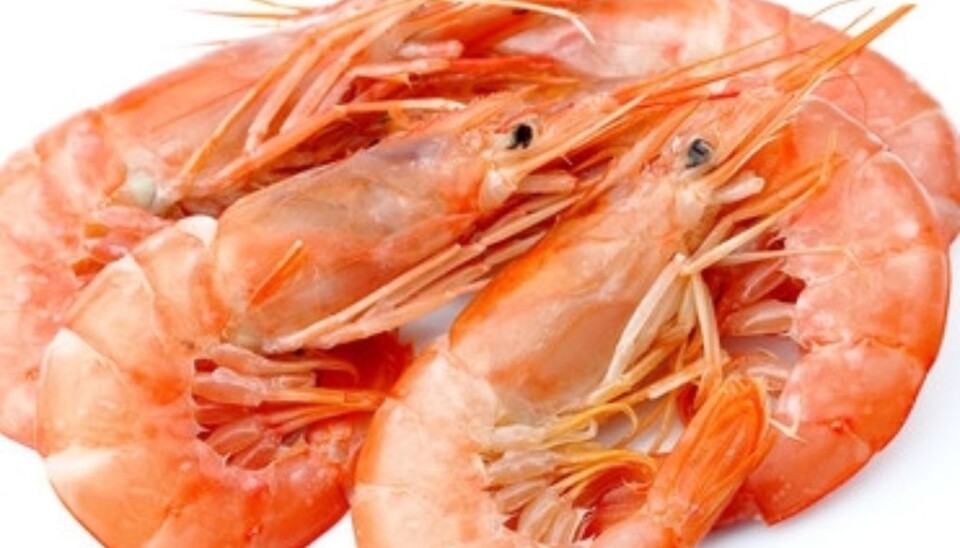
Skagerrak prawn stocks on the rebound
For years catches of shrimp have been shrinking and fishermen have had good reason to be concerned about their livelihoods. But the crunch on these crustaceans in the Skagerrak seems to be letting up.
Denne artikkelen er over ti år gammel og kan inneholde utdatert informasjon.
Stocks of prawns in the Skagerrak have been insubstantial for years.
Climate change has been suggested as one explanation. But the stock now appears to be making headway. A surge in offspring in 2013 gives hope that numbers will continue to rise in years to come, according to Norway’s Institute of Marine Research.
Prawns have short lives, a maximum of three to five years, in the Skagerrak – the Atlantic Ocean area between southern Norway, south-western Sweden and Denmark’s Jutland – and the Norwegian Sea (the Atlantic Ocean between Iceland, Svalbard and Norway). So strong stocks depend on regular recruitments.
On a voyage in 2013 oceanographers found plenty of year-old prawns, which should promise solid recruitment this year.
Two seas, one stock
![Halvor Knutsen has led a project to give both researchers and prawn fishermen enhanced knowledge about prawn [shrimp] stocks. (Photo: Øyvind Berg, Institute of Marine Research)](https://image.sciencenorway.no/1403306.webp?imageId=1403306&width=960&height=720&format=jpg)
As the stocks of prawns in the Skagerrak and the Norwegian Sea have not risen and fallen in synchrony, marine biologists have speculated as to whether they might be different stocks.
Norwegian, Swedish and Danish researchers have now compared the prawns’ DNA in both parts of the Atlantic.
“Our genetic analyses did not differentiate between the prawns from the two ocean areas, showing that a single stock apparently migrates around,” says Halvor Knutsen at the Marine Research Institute’s Flødevigen Research Station near Arendal, Norway.
Separate stocks in the fjords
While prawns in these portions of the open sea share the same DNA, certain fjords have been found to have distinct stocks.
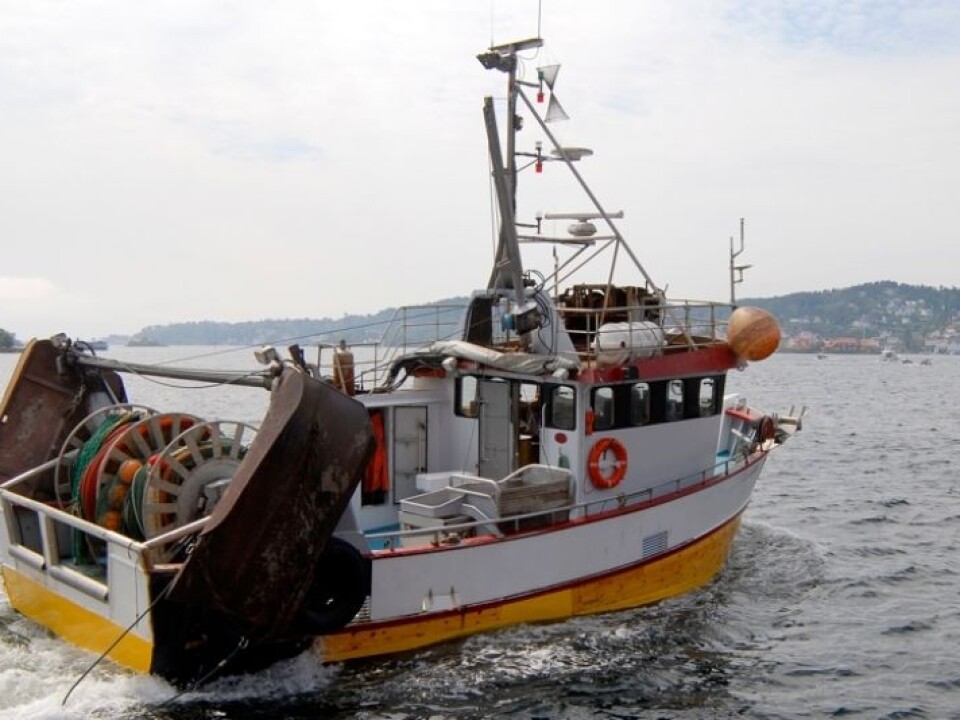
“When the ocean stocks rise and fall from year to year, the fjords can increase their stability to a certain extent,” asserts Knutsen.
Genetic analyses show there is little contact between the prawns out in the open ocean and those in the ocean fjords and inlets.
“Prawn fishermen net some in the fjords and some out in the ocean. It’s good for them to know whether or not they are fishing from their own stock or not. If the stocks in a fjord decline, they can only count on limited ‘help’ from outside. So reduced exploitation in the fjord will be needed to help replenish the fjord stocks,” says Knutsen.
He says that even though the fjord stocks have little commercial value, they help maintain a viable coastal culture.
After the find that the prawns in the Skagerrak and the Norwegian Sea are likely to comprise a single stock, their counterparts in fjords can be regulated and managed by fisheries authorities independently. This is already being done in some sounds and inlets in Sweden.
Cooperation with fishermen
In addition to acquiring information for a better management of sustainable prawn catches in the Skagerrak, the research project has aimed at improving communication between fishermen, local authorities and researchers in the three Scandinavian countries.
“The fishermen have a well of knowledge and it’s been interesting linking it to what we researchers know about the prawn stock,” says Knutsen.
“We have much to learn from each other. Fishermen have a lot of local knowledge about how isolated a fjord can be, about fishing spots and catching methods,” says Knutsen.
Vulnerable to climate changes
Earlier research shows that prawns or shrimp are generally vulnerable to climate changes. The prawns caught in Norway are a deep-water variety, Pandalus borealis. This is a northern species in the Eastern Atlantic which has a habitat from Norway’s Arctic Archipelago of Svalbard all the way down to the Skagerrak.
The Skagerrak is the prawn’s southern frontier. This makes it likely that warmer seas will put the crunch on the crustaceans and force them to move northwards.
“But we should be careful about using climate change as an explanation of the weak stock in the Skagerrak in recent years,” says Guldborg Søvik, another researcher at the Marine Research Institute.
“The low recruitment might be attributed to changes involving plankton, the food of the prawns. No research has been conducted on a prospective link,” says Søvik.
The researchers are now working with a model for studying how the prawn larvae drift with the sea currents.
Prawn larvae float freely in the upper layers of the ocean. Søvik thinks that if the models accurately depict how they drift this could provide key information about how annual recruitments rise and fall.
WWF wants to reduce catches
In February the World Wildlife Fund in Sweden red-listed prawns on the Swedish West Coast. As a result, many supermarket chains in Sweden will stop buying Swedish prawns. In Norway, the WWF warns against fishing any more than international quota advisories recommend.
However, Søvik would not characterise the Skagerrak prawns as being endangered. The stock has been poor earlier and then made rebounds.
But one thing researchers do agree on is that the Skagerrak is an important cradle for replenishments of the entire stock trawled for by Scandinavian fishermen.
“As far back as our data goes, the Skagerrak has always been the area with the most one-year-old prawns,” she says.
“West of Lindesnes [in the North Sea] the recruitment has always been very low, while in the Skagerrak we’ve seen oscillations between good and bad years. So if small prawns are overfished in the Skagerrak it can have an impact on the entire region.”
------------
Read the Norwegian version of this article at forskning.no
Translated by: Glenn Ostling







